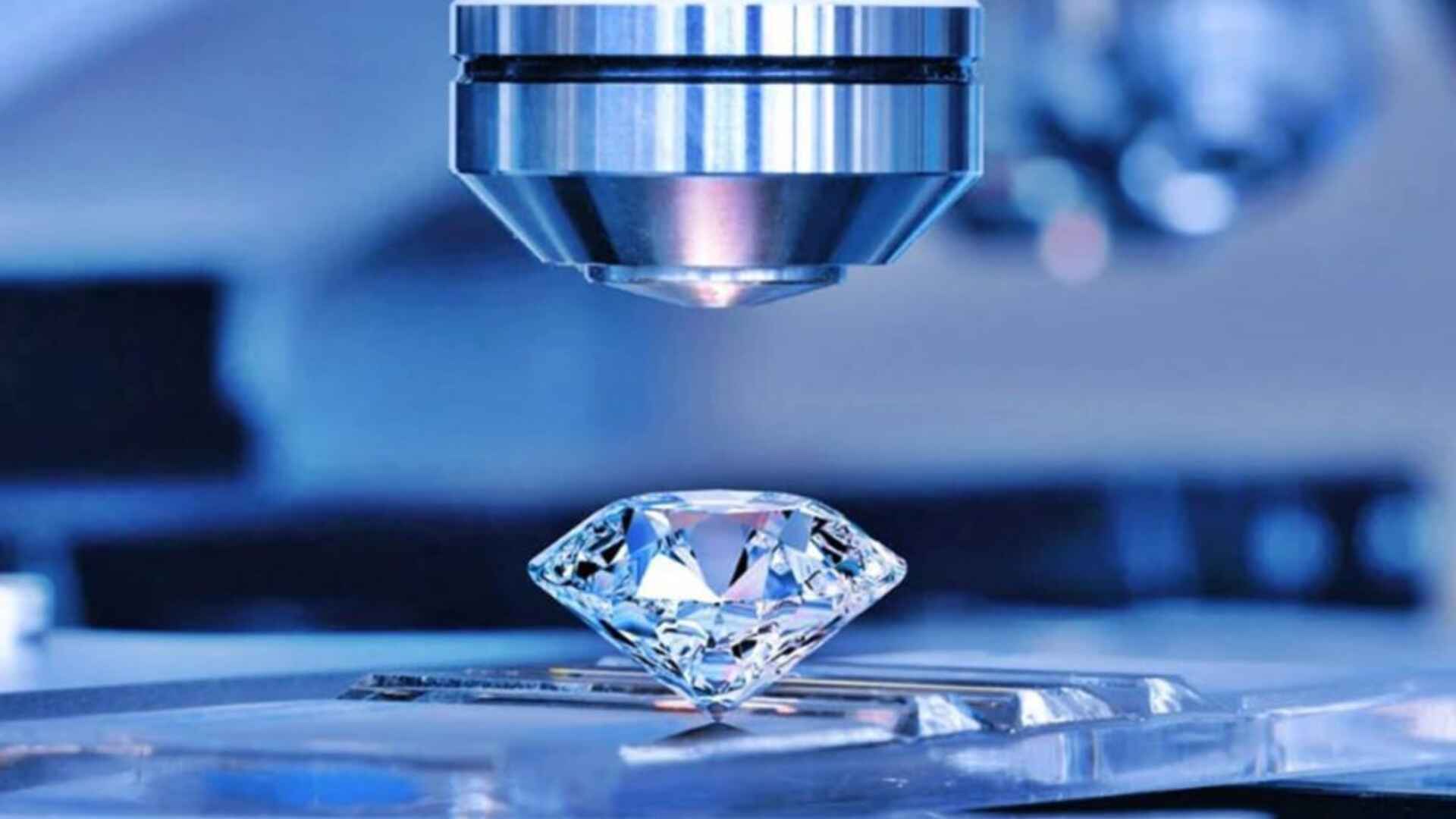Earlier this year, 26-year-old Mumbai-based PR professional Aashi Sottany was introduced to lab-grown diamonds (LGDs) by a friend who sells jewellery made from them. Impressed by their striking resemblance to natural diamonds and the significant cost savings, Sottany purchased a pendant set and a one-carat engagement ring, all crafted from LGDs. “It’s exactly like a diamond—it has the same shine, look, and feel, and it’s much cheaper than a natural diamond,” she says. Her engagement ring cost around Rs 30,000, while the pendant set, bought by her parents as part of her wedding trousseau, was priced at Rs 36,000.
A Growing Market
Sottany is among the growing number of consumers gravitating towards LGDs. According to Future Market Insights, the lab-grown diamond jewellery market, valued at $264.5 million in 2022, is expected to grow at a 14.8% CAGR, potentially reaching $1.19 billion by 2033. These diamonds, known by various names over the years—from synthetic to man-made—are created in a lab rather than mined. “Diamonds need specific temperatures, environments, and gases to grow. We replicate these conditions inside the reactor, exposing the seeds to carbon-rich gases and carbon deposits,” explains Smit Patel of Greenlab Diamonds, a leading industry player. The result is a product that looks and feels identical to natural diamonds but can be produced much faster.
Despite the growing popularity of LGDs, the market is not without challenges. Prices have dropped significantly in recent years due to increased production and oversupply, with a recent report from the Global Trade Research Initiative (GTRI) revealing a 65% price decline over the past year. However, industry insiders see this as a necessary “price correction” for a still-new market.
Changing Consumer Preferences
The COVID-19 pandemic played a significant role in the surge of LGD demand, particularly among millennials and Gen Z. “This spike was driven by millennials, who have seen their mothers and mothers-in-law’s jewellery mostly sitting in bank lockers, and by Gen Z, who prefer spending on experiences like travel or investment options rather than on expensive jewellery,” says Anshul Doshi of Bijoux Fine Jewellery. However, the rapid increase in demand led to an influx of new players in the market, causing an oversupply and subsequent price drop.
Despite these challenges, many in the industry remain optimistic. “There is no control over production, leading to a supply that exceeds demand,” notes Vipul Shah, Chairman of the Gem and Jewellery Export Promotion Council (GJEPC). But he believes the industry will stabilize as it matures.
The Future of Lab-Grown Diamonds
While India is one of the leading producers of LGDs, the largest consumer market remains the United States. Domestically, LGDs are still working to secure their place in the jewellery market. “Many retailers have a stake in the natural diamond business or hold significant inventory,” admits Shanay Parekh, partner at Kira Diam, one of India’s largest LGD producers. However, he expects that resistance will gradually decrease, and within the next year, LGDs will be available at leading retail jewellery stores.
For some consumers, the decline in prices and lack of resale value have been deterrents. “Diamonds, whether lab-grown or natural, are not ideal investments,” says Disha Shah of DiAi Design. However, she points out that the real value of LGDs lies in their design possibilities and ethical appeal. “With LGDs, we can create custom shapes like butterflies or clouds, which would be prohibitively expensive with natural diamonds. The younger generation is also drawn to LGDs for their sustainability and the fact that they are ‘blood-free’—they are not mined, thus avoiding the human rights abuses and child labour associated with traditional diamond mining,” Shah concludes.
As the market continues to evolve, it’s clear that lab-grown diamonds are more than just a cost-effective alternative—they represent a shift in how consumers perceive luxury, ethics, and sustainability in the jewellery industry.







